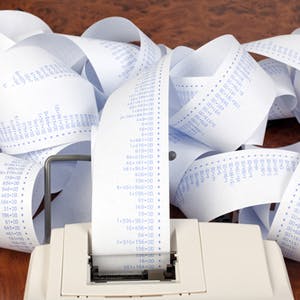With the end of financial year and the introduction of the carbon tax fast approaching, businesses should be looking to maximise tax returns and improve cashflow. These five tips will ensure you make the right decisions during this all-important period.
Here are a few tips from Chan & Naylor to help your business get through the busy period:
1. Delay Payments
If you’re experiencing difficulties with cashflow, you can delay some payments until after June 30. Wages and bonuses paid to employees after 30 June 2012 are still deductible in this financial year if the employment service period is pre-June 30, as are the June 2012 FBT instalment and the Work Cover and payroll tax.
2. Reduce payroll tax
There are a few ways to reduce your payroll tax liability, including salary packaging exempt fringe benefits like work-related laptops, providing nil fringe benefits, or paying dividends to directions or their associates instead of wages.
3. Hire Purchases and GST
Under current law, businesses that account on a cash basis claim the GST progressively on hire purchases i.e. as each payment is made. However, under the new law coming in on July 1, cash taxpayers will move into line with accruals taxpayers by claiming GST upfront i.e. at the time the first payment under the hire purchase is paid. This will apply to arrangements entered into on or after July 1.
4. Increased Instant Asset Write-Off Threshold
From July 1, small businesses can write off depreciating assets costing less than $6,500 in the income year in which they start to use the asset or have it installed ready for use. Where possible, delay purchasing assets costing between $1,000-$6,500 until after June 30.
5. Streamlined Pooling Provision
From July 1, all assets other than buildings will be depreciated in a general small business pool at 30 percent, with a rate of 15 percent applying in the first year, as the small business long life pool ceases to exist. The closing balance of your long life pool and general small business pool at June 30 is to be added together in order to calculate the opening balance of the general small business pool for the beginning of the 2012/13 income year.
In addition, small businesses can write off $5,000 of a car costing $6,500 or more in the income year in which they start to use the car – new or second hand – from July 1. The remaining value is depreciated through the general pool rate.

